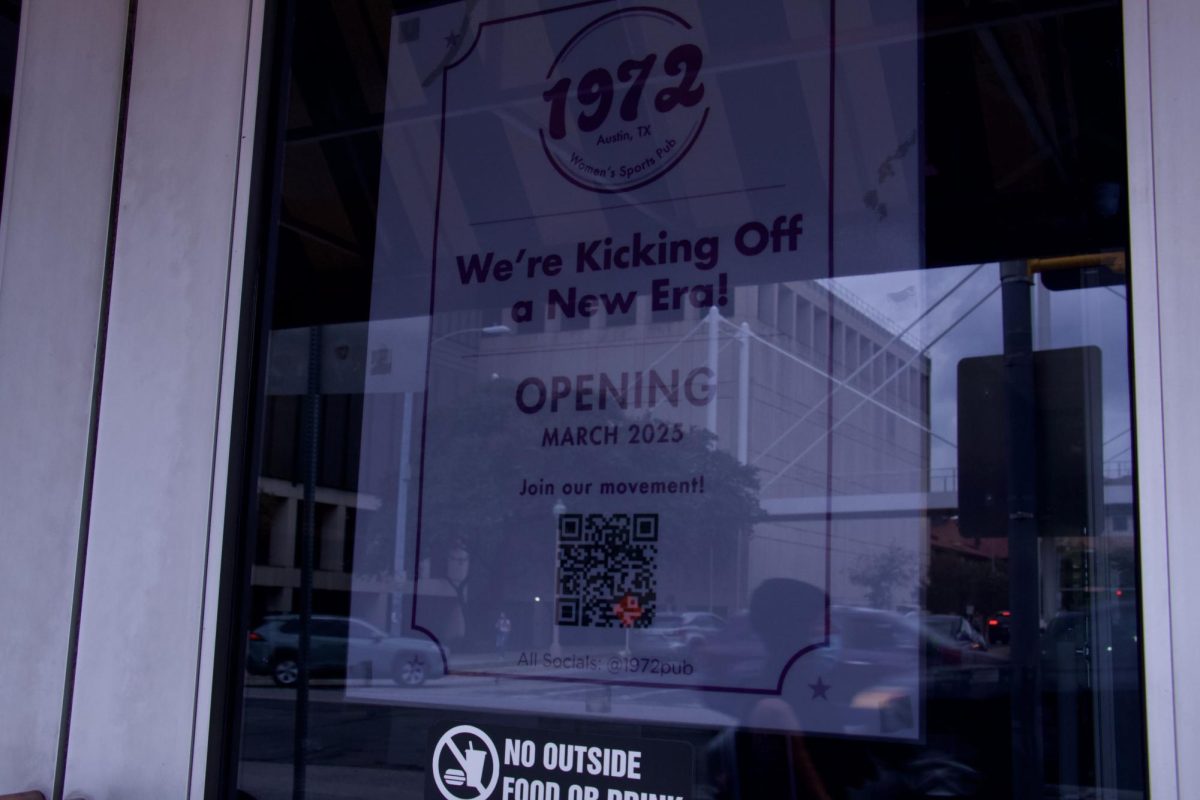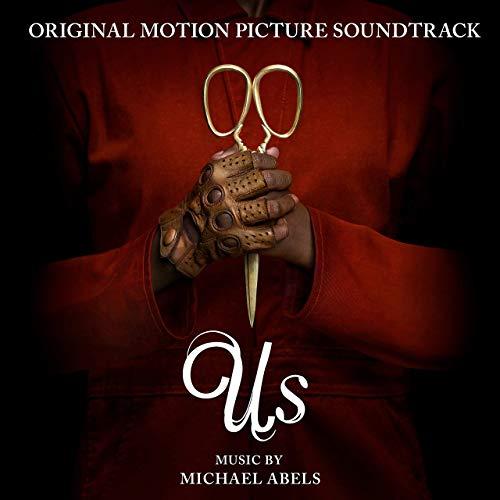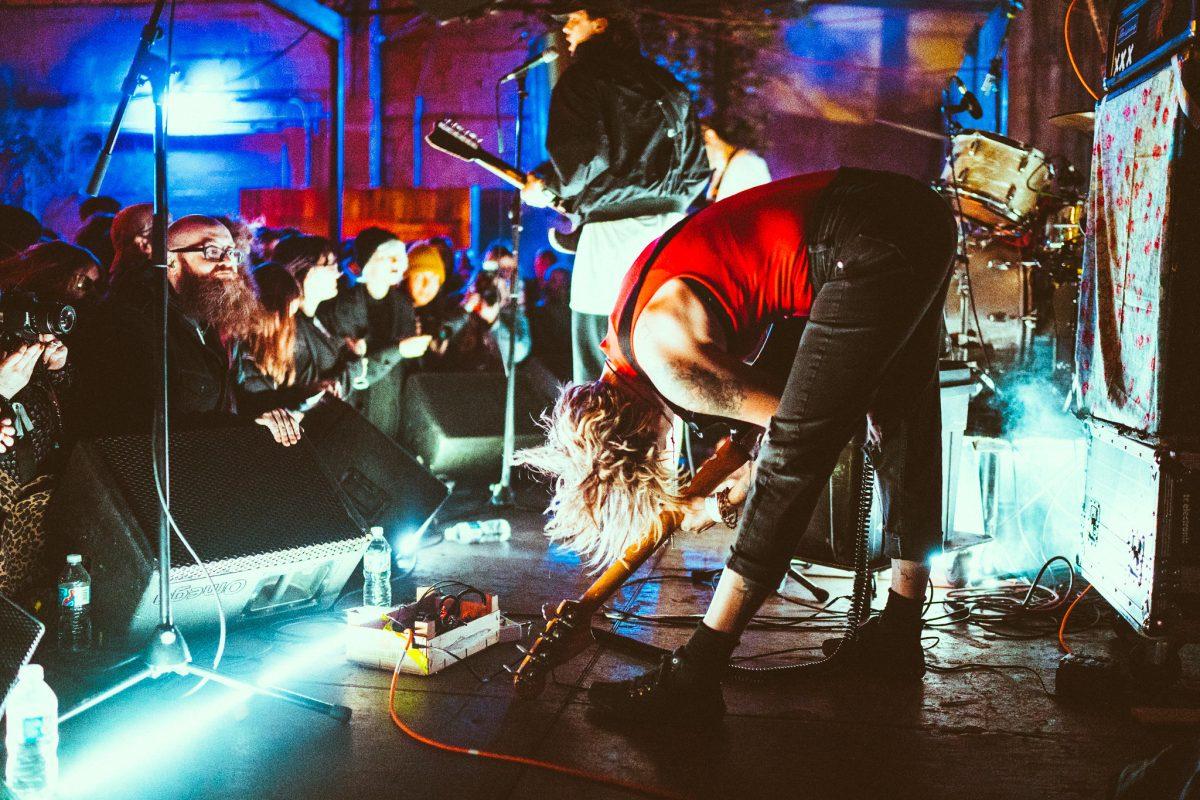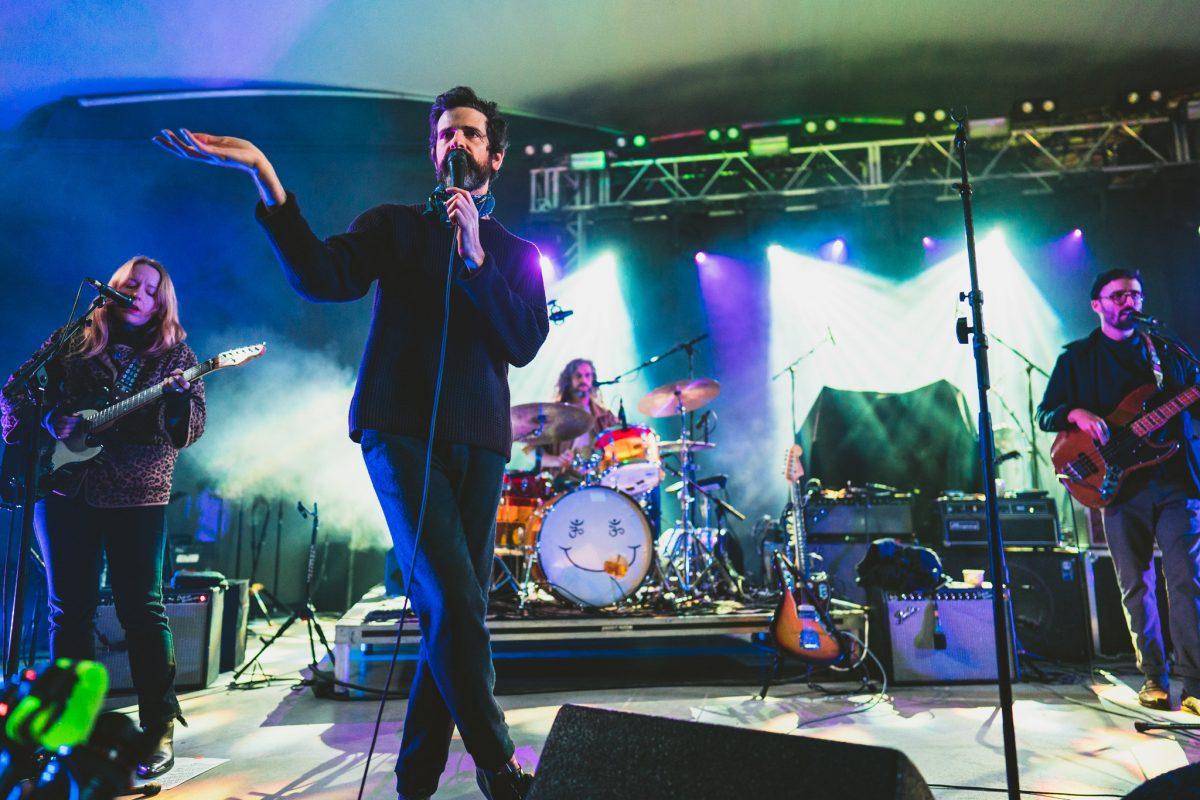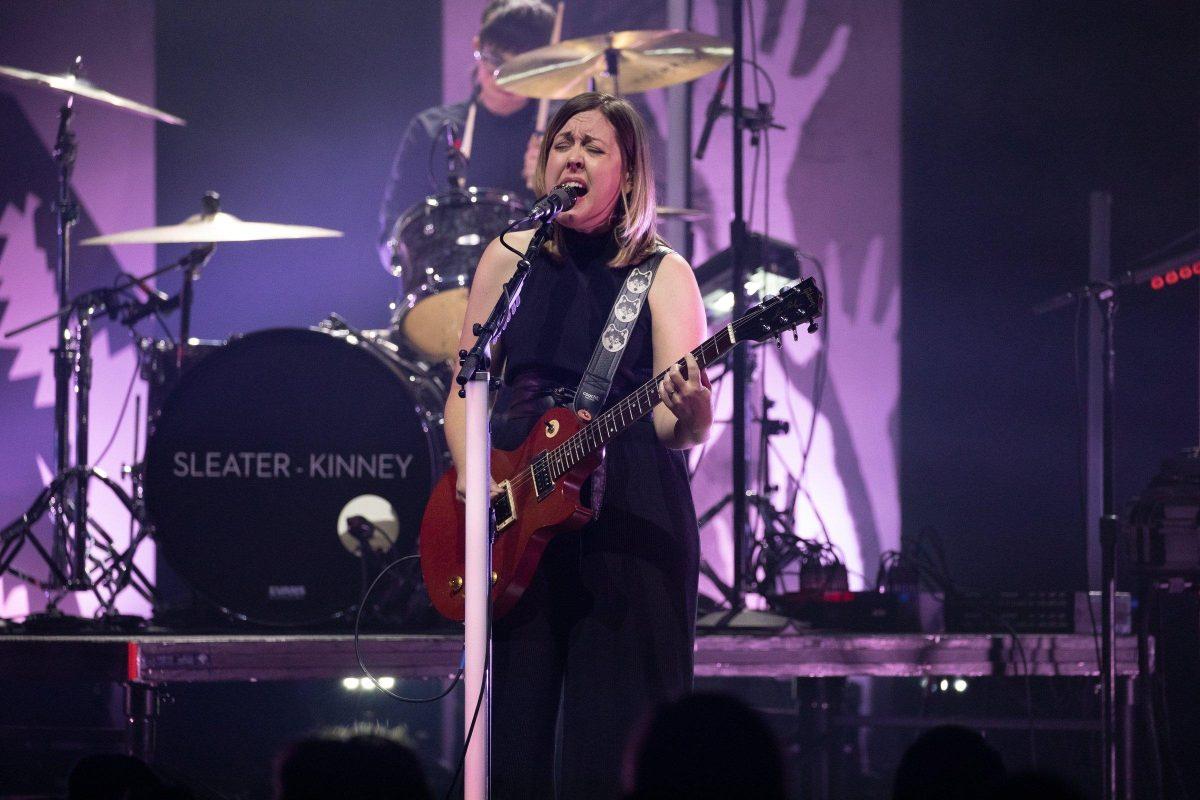“Us” is yet another feat that Jordan Peele can add to his repertoire. From its premiere at SXSW to being the largest original horror debut, the film is sure to be one to remember. Its critical acclaim can be attributed to the ingredients Peele decided to add to the movie: Lupita Nyong’o as the lead, the original and terrifying doppelganger storyline and the soundtrack by Michael Abels.
By Meghan Nguyen and Miles Eackles
Image courtesy of Michael Abels
You’ve probably heard the signature sounds of a horror movie soundtrack before: crescendoing violins, bombastic bass and an accelerated tempo. For fans of horror, it can become predictable.
What a splendid moment it was for moviegoers when they heard Michael Abels’ soundtrack for the highly acclaimed movie “Us.” Soundtracks usually create atmosphere and ambiance for movies. While Abels’ soundtrack does that, it also reinforces the film’s themes of duality and paranoia, conveying the tortured emotions of its characters.
“Us” is the sophomore effort of writer, producer and director Jordan Peele, who took the box office by storm in 2017 with his debut film Get Out. The score for Us was composed by the respected recording artist, Michael Abels, who also made his debut in “Get Out.” In fact, after “Get Out”’s debuted in February 2017, Peele remembers getting a call from Steven Spielberg, who mentioned Abels.
“You’ve got to use him again,” Spielberg said. “It’s like me and John Williams.”
“Us” stars Lupita Nyong’o as Adelaide, returns to the Santa Cruz boardwalk after a horrific childhood experience. Accompanied by her husband Gabe (Winston Duke) and their children Zoe and Jason (Shahadi Wright Joseph and Evan Alex), their family returns for a summer vacation. Later that night, they are attacked by four strangers clad in red jumpsuits, each of whom looks like perfect doppelgangers of Adelaide and her family. Who these doppelgangers are, what they want and where they come from is later revealed to be the stuff of nightmares.
The soundtrack starts off with “Anthem,” a haunting track saturated with the made-up Latin chants of children. In an interview with Entertainment Weekly, Abels said, “The voices are not singing in a language, it’s nonsense syllables so you can focus more on the feeling and the music.” The juxtaposition of youthful vocals with drums and metallic percussion creates an unsettling uncertainty that serves as a motif for the rest of the film to remind viewers that danger could be waiting at any turn.
While the soundtrack does contain several unnerving, standard horror movie tracks, clear in tracks like“First Man Standing” and “She Tried to Kill Me”, there is a counterbalanced by warm, lighthearted music to represent the Wilson’s idyllic summer vacation. The surreal and syncopated high-hats of “I Like That” by Janelle Monae fills the air during the Wilson family’s drive to their beach house and cleanses the viewer’s mind of Adelaide’s bone-chilling flashback scenes.
Later on, songs like “Outernet” and “Femme Fatale” are strategically timed throughout the movie to provide relief. An outburst of the song “F*** Tha Police” from the trustworthy home assistant Ophelia while the Tyler family are brutally murdered by their dopplegangers is so absurd, one can’t help but let out a laugh. And lastly, who could forget Luniz’s “I Got 5 On It,”which plays victoriously both during the Wilson’s drive to the beach and during their fight scene with the Tyler’s doppelgangers?
As the movie unfolds, the soundtrack becomes more sinister. “Beach Walk” features the omnipresent “Anthem” instrumental but it soon transforms into a sinister lullaby of percussion instruments. The most prominent (and most peculiar) instrument heard is the cimbalom, an Eastern European instrument that makes a twangy sound when its strings are hit with a mallet. Abels experiments with sounds that are very dissonant and dissimilar to convey conflicting emotions simultaneously– this is evident when he begins pairing the cimbalom with solo violin in tracks such as “Run,” “Zora Drives,” and “Death of Umbre”. Idiosyncratic instrumental choices like these to convey the multitude of feelings within the film is what Abels does best; his last soundtrack for “Get Out” featured several instruments indigenous to Africa.
Once all hell breaks loose, Abels introduces tremolo, haunting pizzicato strings and thundering percussion hits to convey a mood that is both aggressively angry and creepy. In “Home Invasion,” we hear a squealing, frantic violin as the doppelgangers break in to the Wilson’s home. In “Immolation”, militaristic drums and chanting accompany a climactic scene between Adelaide and Pluto. For the finale, “Pas Des Deux,” Abels takes the rhythmic idea behind Luniz’s “I Got 5 On It” and transfers it to pizzicato strings, blending it with both his own score and a piece from Tchaikovsky’s The Nutcracker Suite. The song underscores the ballet-inspired fight sequence between Adelaide and Red in the tunnels beneath the Santa Cruz boardwalk. It’s a breathtaking demonstration of duality both on-screen and in the music– things are pretty but chaotic, terrifying but exciting, harmonious but dissonant, all at the same time.
Ultimately, the “Us” soundtrack is a brilliant collision of influences and ideas, which cleverly capture the concept of duality that runs throughout the movie. While it does rely on traditional horror concepts at times, the film’s unconventional use of instrumental textures and pop culture references are certain to linger in the memories of audiences long after the credits have rolled.

























